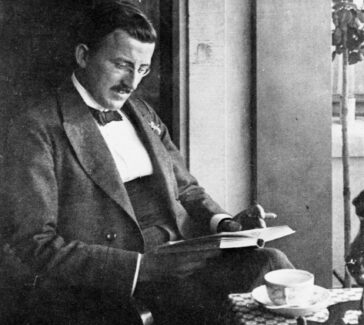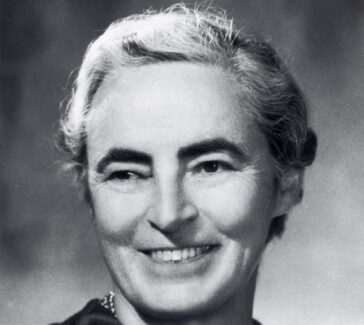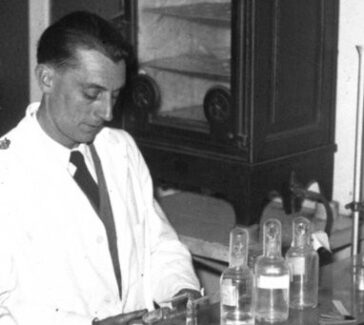Paul Héroult and Charles M. Hall
Aluminum, a metal that was notoriously difficult to extract, remained a precious commodity until 1886, when Héroult in France and Hall in the United States independently created a process to allow for its commercial production.
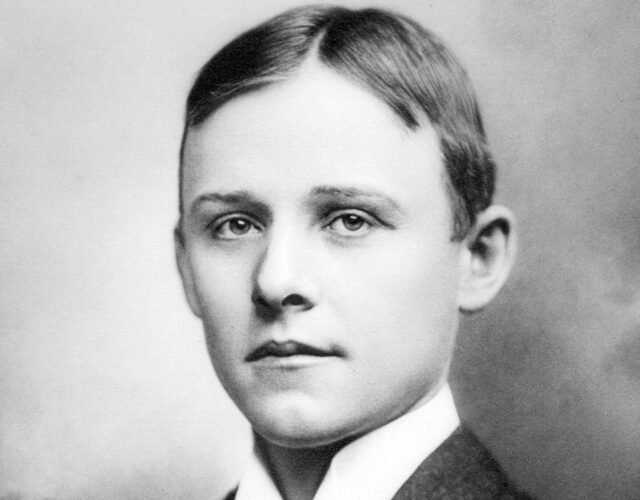
The race for a commercially viable route to aluminum was won in 1886 by two young men working independently: Paul Héroult in France and Charles M. Hall in the United States.
Discovered in 1827 by Friedrich Wöhler, aluminum, although the most common metal on Earth, is always found tightly locked in compounds.
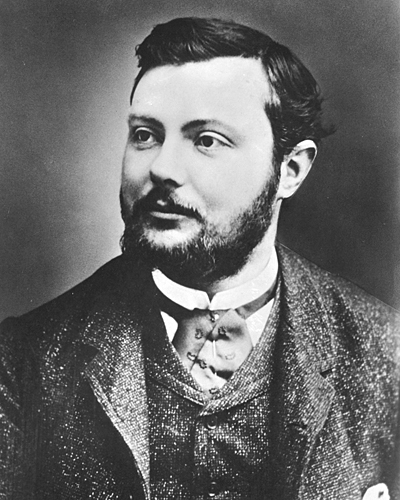
Extracting Aluminum
Efforts to use electrolysis to reduce aluminum failed repeatedly, and for years it remained an exotic metal used in jewelry and for such special purposes as capping the Washington Monument. The problem many researchers had with extracting aluminum was that electrolysis of an aluminum salt dissolved in water yields aluminum hydroxide. Both Hall (1863–1914) and Héroult (1863–1914) avoided this problem by dissolving aluminum oxide in a new solvent-fused cryolite, Na3AlF6.
Scaling Up and the Path to Alcoa
To scale up the process in order to produce commercial-level quantities of aluminum took Hall years of development and capital investment. In 1888 he joined with Alfred E. Hunt, an experienced metallurgist, to form the Pittsburgh Reduction Company. After exhausting the initial investment the fledgling company was buoyed by the resources of the Mellon banking interests.
Almost immediately the price of aluminum dropped dramatically. Developments in the early 1880s had reduced the price of a pound of aluminum from 12 dollars to 4 dollars.
The Hall process reduced it to 2 dollars a pound, and shortly after the company’s move to Niagara Falls—the first electrochemical company in that location—to 75 cents and then 30 cents. In 1907 the company was renamed the Aluminum Company of America, and in the 1990s this name was shortened to Alcoa Inc.
Hall was awarded the 1911 Society of Chemical Industry’s Perkin Medal.

